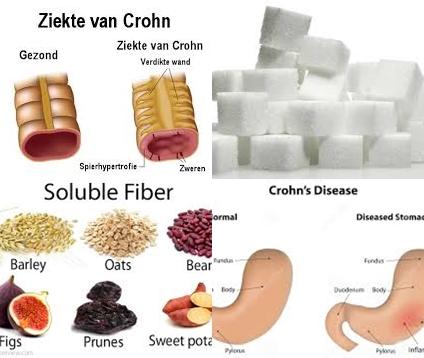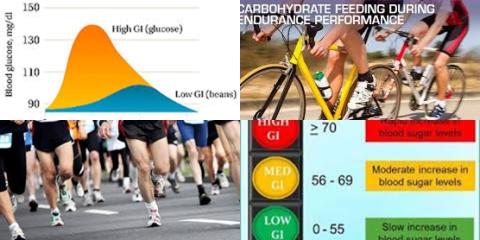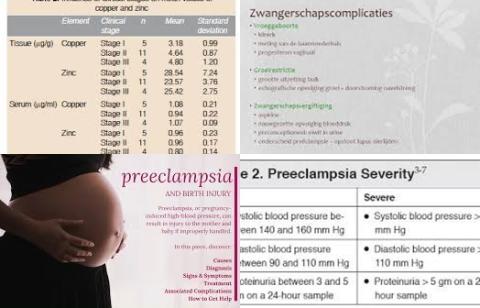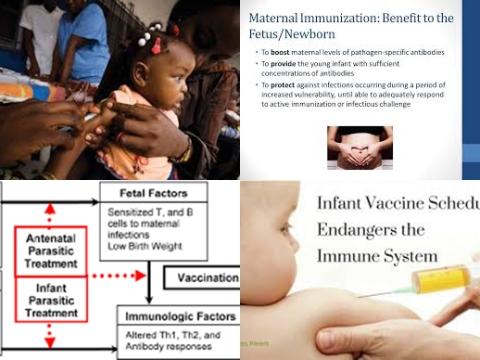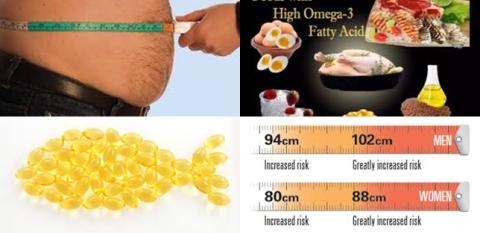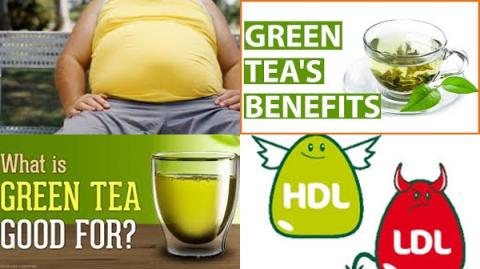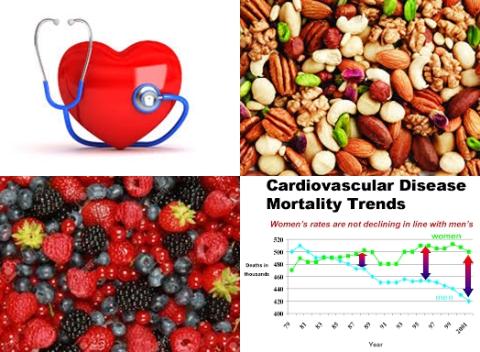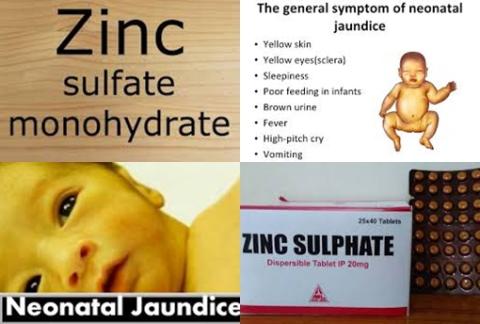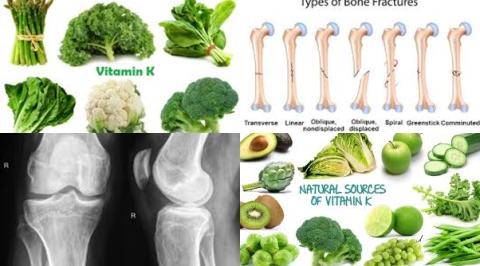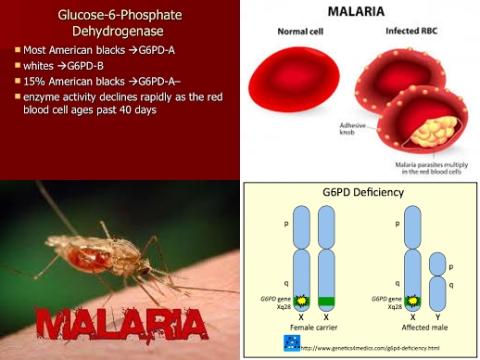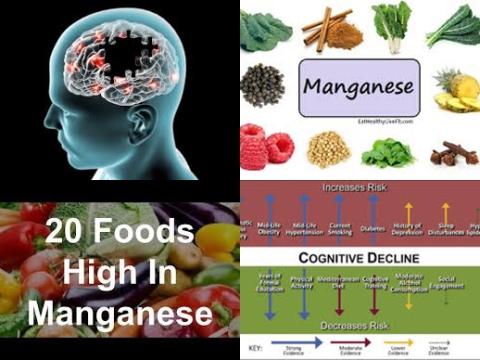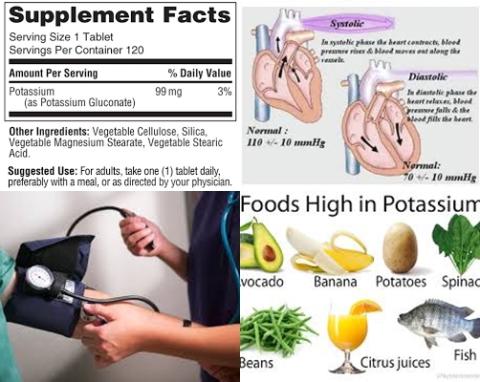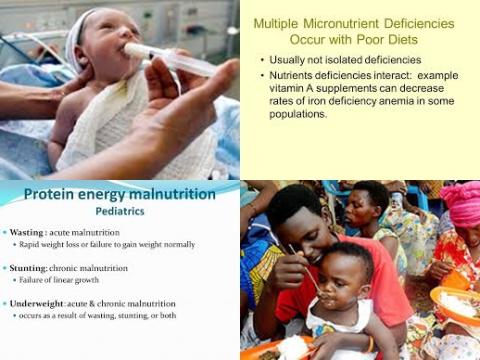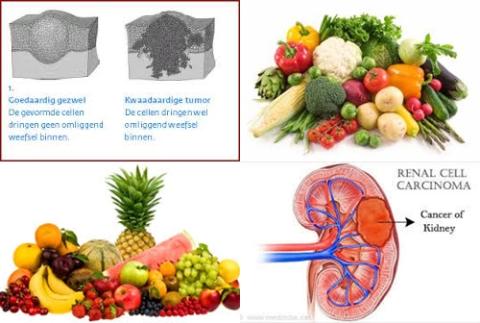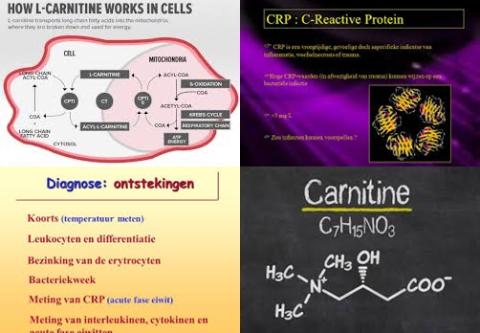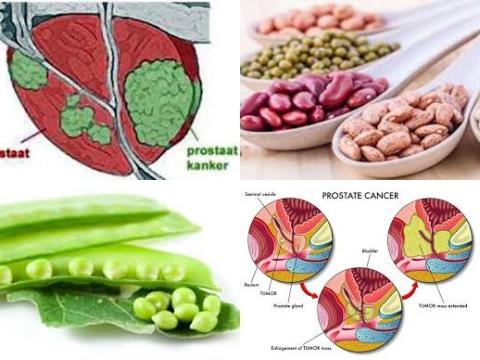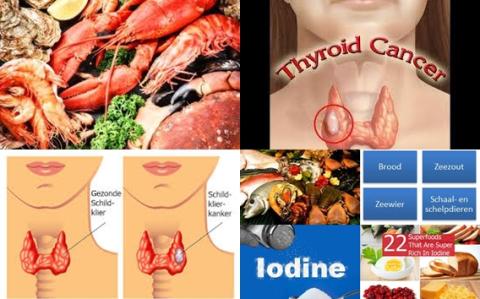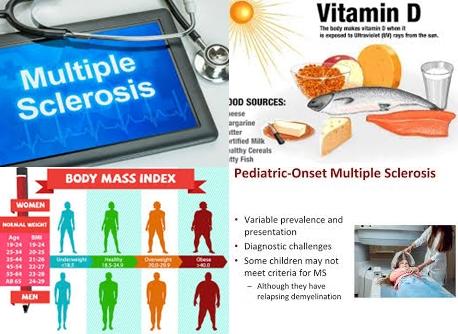Probiotics supplementation improves HbA1c and fasting insulin in type 2 diabetes patients
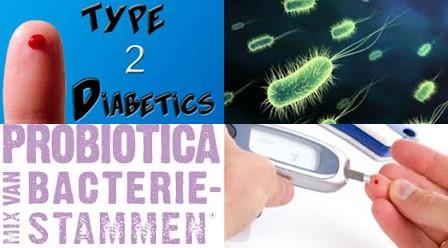
Objectives:
It has been unclear whether supplemental probiotics therapy improves clinical outcomes in type 2 diabetic patients. Therefore, this meta-analysis (systematic review) has been conducted.
Do probiotics supplements improve clinical outcomes in type 2 diabetic patients?
Study design:
This review article included 12 RCTs involving 684 type 2 diabetic patients.
Results and conclusions:
The investigators found a significant decreased glucose level in the probiotics group [pooled standardized mean difference = -0.18 mg/dL, 95% CI = -0.35 to -0.01, p = 0.04, I2 = 64%, p = 0.004] compared to the control group.
The investigators found a significant reduction in HbA1c in the probiotics group [pooled standardized mean difference = -0.38%, 95% CI = -0.62 to -0.14, p = 0.002, I2 = 0%, p = 0.72] compared to the control group.
The investigators found a significant reduction in fasting insulin level in the probiotics group [pooled standardized mean difference = -0.38, 95% CI = -0.59 to -0.18, p = 0.003, I2 = 0%, p = 0.81] compared to the control group.
The investigators found a significant reduced HOMA-IR level in the probiotics group [pooled standardized mean difference = -0.99, 95% CI = -1.52 to -0.4, p = 0.0002, I2 = 86%, p 0.00001] compared to the control group.
The investigators found a significant reduced CRP level in the probiotics group [pooled standardized mean difference = -1.34 mg/L, 95% CI = -1.76 to -0.92, p 0.00001, I2 = 90%, p 0.00001] compared to the control group.
The investigators found a non-significant reduction in both triglyceride levels [SMD = -0.23, 95% CI = -0.48 to 0.02, p = 0.07, I2 = 52%, p = 0.03] and cholesterol levels [total cholesterol: SMD = -0.18, 95% CI = -0.42 to 0.06, p = 0.14, I2 = 47%, p = 0.05 and LDL-cholesterol: SMD = -0.03, 95% CI = -0.20 to 0.14, p = 0.73, I2 = 3%, p = 0.41] in the probiotics group compared to the control group.
The investigators concluded that probiotics supplementation is associated with significant improvement in HbA1c and fasting insulin in type 2 diabetes patients. These results may provide evidence for encouraging use of probiotics in patients with type 2 diabetes mellitus. However, more randomized placebo-controlled trials with larger sample sizes are warranted to confirm these findings.
Original title:
Effect of Probiotics on Glucose and Lipid Metabolism in Type 2 Diabetes Mellitus: A Meta-Analysis of 12 Randomized Controlled Trials by Yao K, Zeng L, [...], Zou X.
Link:
https://www.ncbi.nlm.nih.gov/pmc/articles/PMC5491138/
Additional information of El Mondo:
Find more information/studies on probiotics and diabetes right here.
